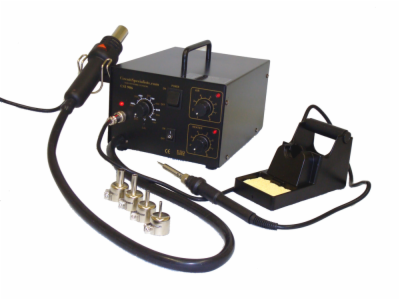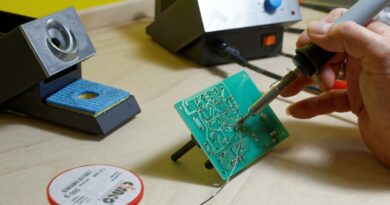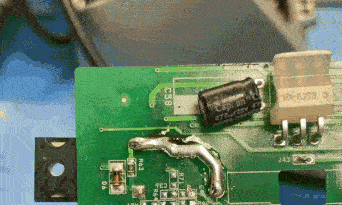Deciding Between Hot-Air Rework & Desoldering Stations
When you’re deciding on which rework station to get, you’ll need to consider the differences between a hot-air rework station and a desoldering station. Although the difference between the two types of rework stations isn’t terribly significant, you should know how each works before deciding which one best suits your needs and budget.
Hot-Air Rework
Hot-air rework stations are ideal for small jobs th
You can resolder several components simultaneously — quickly remove a problematic electrical part from the circuit board and resolder the area in around an hour. In addition, hot-air stations are typically non-contact, enabling you to avoid damage to other parts of the circuit as you work.
One downside of using a hot-air rework station is that they are much more expensive than a desoldering station. Hot-air rework stations are also very large and difficult to move, so you’ll need to bring your work to the station itself, which can be problematic in certain circumstances.
Desoldering Stations
Desoldering stations come with a variety of features; some include vacuum pumps that enable you to precisely desolder wherever you want. Because the parts are smaller, a desoldering station is also much easier to clean than a hot-air rework station. Desoldering stations pack a lot of power, yet have fewer buttons and nozzles than hot-air rework stations. On the downside, there is a greater risk of voltage leak damage when using a desoldering station.
The most significant benefit to choosing a desoldering station is probably its cost: you can save upwards of two hundred dollars by opting for a desoldering station rather than a hot-rework station. Furthermore, desoldering stations are easier to move than their hot-air counterparts. Although you can certainly get by with just a soldering iron and desoldering station — as many people have for years — a hot-air rework station may be better for you if you’re actually going to use all of its additional features.

